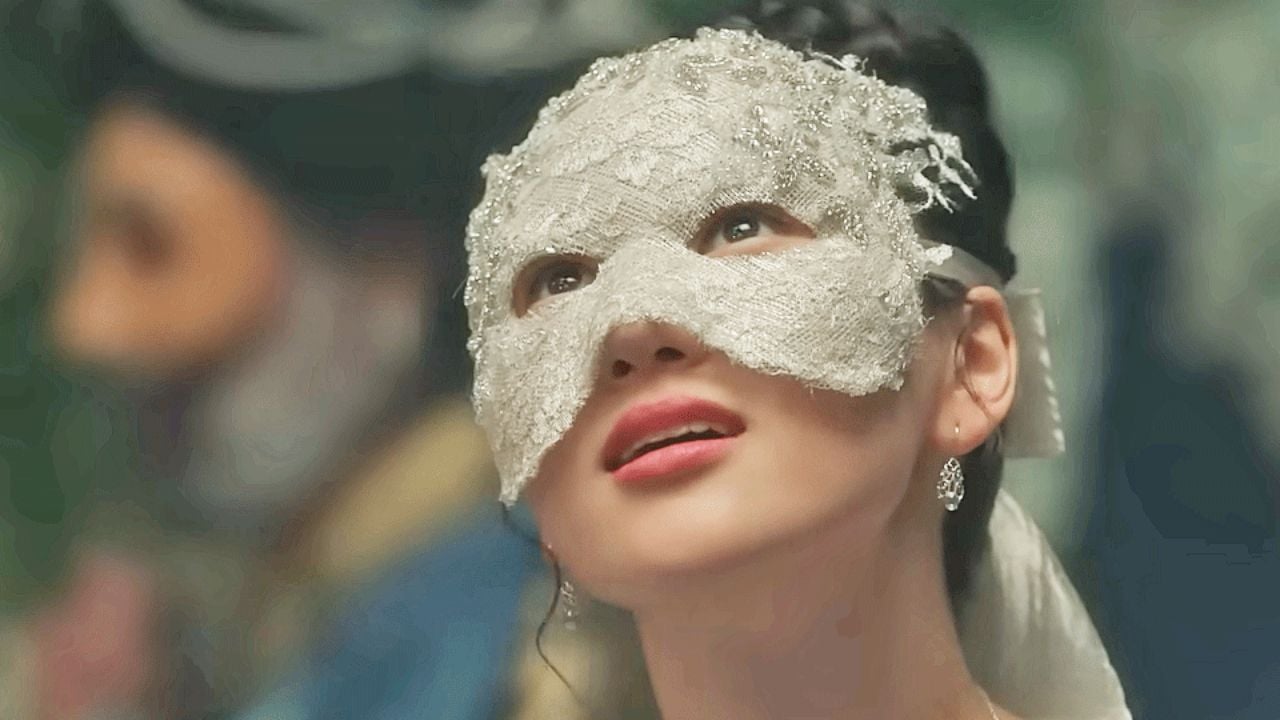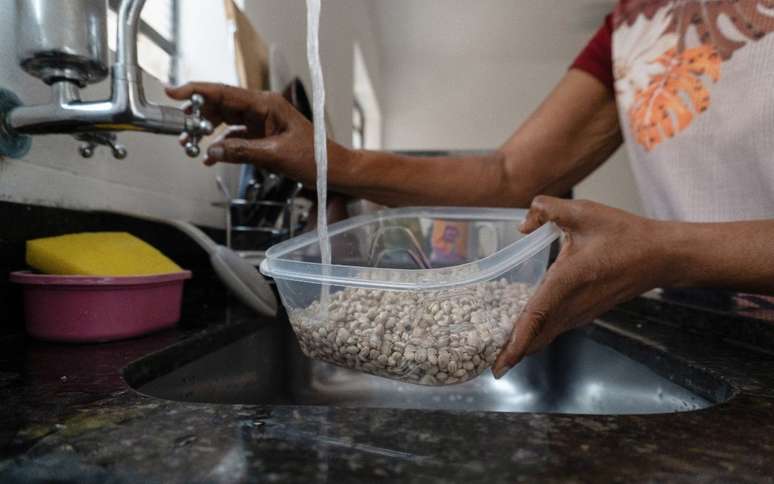Starring Viola Davis, The Woman-King promises to revolutionize the film industry by highlighting black personalities.
The King Woman (2022) will show the strength of the black woman in the midst of a mostly black and female cast, considered by specialized critics as one of the best films of the year. Currently, the production is with 95% approval in the Rotten Tomatoesspecialized review site.
Inspired by the history of the Amazons of the Kingdom of Dahomey, where the Republic of Benin is located today, the historical drama starring Viola Davis promises to revolutionize the film industry by highlighting black heroes and personalities.
The history of The King Woman
The film begins in 1823, after a successful attack by the agojiefreeing slaves who were in the hands of the Oyo Empire in a region located in southwestern Nigeria.
Although the people of Dahomey be submissive to heyat this time began a beginning of rebellion by the Kingdom of Dahomey, coordinated by King Ghezo (John Boyega) and the general runt (Viola Davis), as both despised the trade in enslaved people.
The Origin of the Kingdom of Dahomey
History books report that the origins of the kingdom of Dahomey date back to the 17th century, but its expansion began in the 18th century, during the most intense period of the Atlantic slave trade.
In 1727, the kingdom conquered the Kingdom of Hueda, which lived along the coast, and took control of the port city of Ouidah, inaugurating its active participation in the Atlantic slave trade.
Historians estimate that nearly a million enslaved Africans were placed on ships for the Americas at Ouidah between 1659 and 1863, considered the second largest supplier of native Africans for trade, behind only Luanda, in present-day Angola.
The reign of Ghezo
King Ghezo came to power in 1818, after a coup d’état against his half-brother, King adandozan, and was the ninth king of Dahomey, also considered one of the greatest of the twelve historical kings. By 1823, when the action of the film takes place, the British had already abolished the slave trade and were putting pressure on West African states and European and American countries such as Portugal, Spain and Brazil to end their own.
Brazil had declared independence from Portugal in 1822, but continued to actively import enslaved Africans, including from Ouidah. Meanwhile, the kingdom had been paying tribute to the Kingdom of Oyo (a state located in present-day southwest Nigeria) since 1748. However, under the rule of Ghezoin 1823, the kingdom waged a war against Oyo and finally managed to get rid of the tributes, being this fact that begins The King Woman.
With frequent wars with neighboring West African states, the kingdom gave yearly male slaves, particularly to the Kingdom of Oyo, which used people in exchange for goods during the Age of Discovery. The kingdom of Dahomey began to ask for the presence of women to protect the city and from there, the Dahomey Amazons, or Agojie, emerged.
The Amazons Dahomey / Agojie
Initially, only the king’s wives became warriors agojie. However, over time, ordinary women in society volunteered to join this army.
It was a group of women elephant hunters who soon became part of the army guard. Another interesting feature for the time is that the female army wore uniform, to be recognized in Dahomey and feared by neighboring peoples.
In season, agojie they were like “third-class wives”, as they did not share their bed or have children with the king, as well as being forbidden to have sex with other men. Among the “privileges” was access to private slaves and tobacco and alcohol.
the intense workouts
to become a agojie, the women underwent intense training, which included exercises that prepared them for bloody battles. This involved, for example, simulated attacks on other peoples in which they had to climb walls full of thorns barefoot.
the army of agojie it was divided into five branches: those who fought in the artillery, the elephant hunters, the archers, the musketeers (who wielded muskets), and those who fought with razors. An important part of their training consisted of being able to surprise the enemy, catching them unawares.
In the 19th century, after the European invasion of the African continent, the Amazons of Dahomey were recruited to fight the French army in the First Franco-Damomean War.
Although this was one of the most memorable battles of the women’s army, the agojie they were shot and killed by French troops, which led to the end of this group and the erasure of their memories.
Script inaccuracies in The King Woman
Ghezoin fact, existed and freed Dahomey in 1833. However, there are script inaccuracies in what is portrayed by the film, as the Kingdom of Dahomey was directly involved in the slave trade, selling its natives to European traders.
As the history books point out, the king ghez only agreed to withdraw Dahomey from the slave trade in 1852, due to pressure from the British government on its colonies. From then on, the kingdom began to focus on the production of palm oil, which was far less profitable.
With the economic insufficiency to survive, Ghezo resumed the slave trade, followed by his successor and his son and successor, King gleleduring the 1850s and 1860s. The enslaved Africans of this time were sent especially to Brazil and Cuba, according to historical records.
Source: Rollingstone
Benjamin Smith is a fashion journalist and author at Gossipify, known for his coverage of the latest fashion trends and industry insights. He writes about clothing, shoes, accessories, and runway shows, providing in-depth analysis and unique perspectives. He’s respected for his ability to spot emerging designers and trends, and for providing practical fashion advice to readers.







